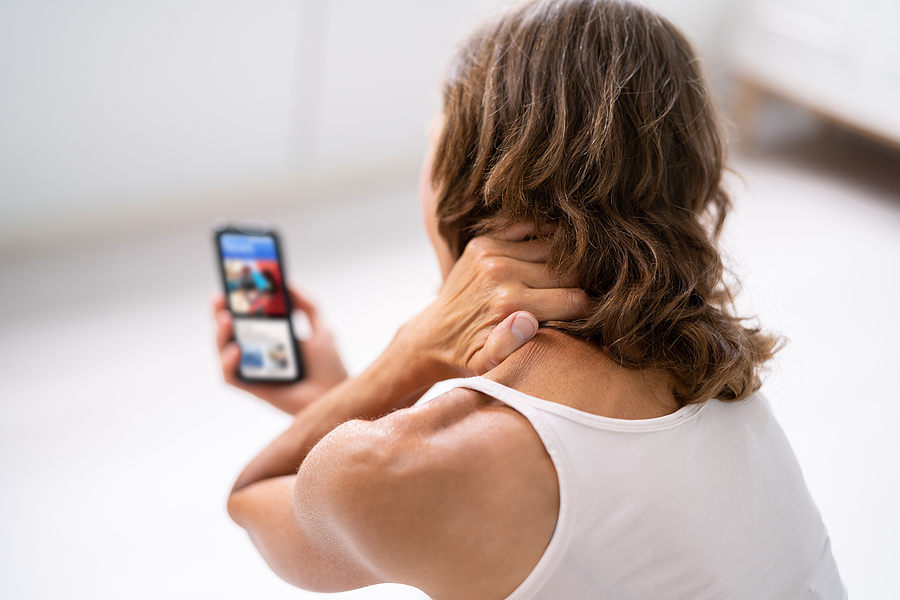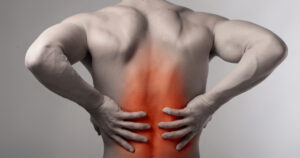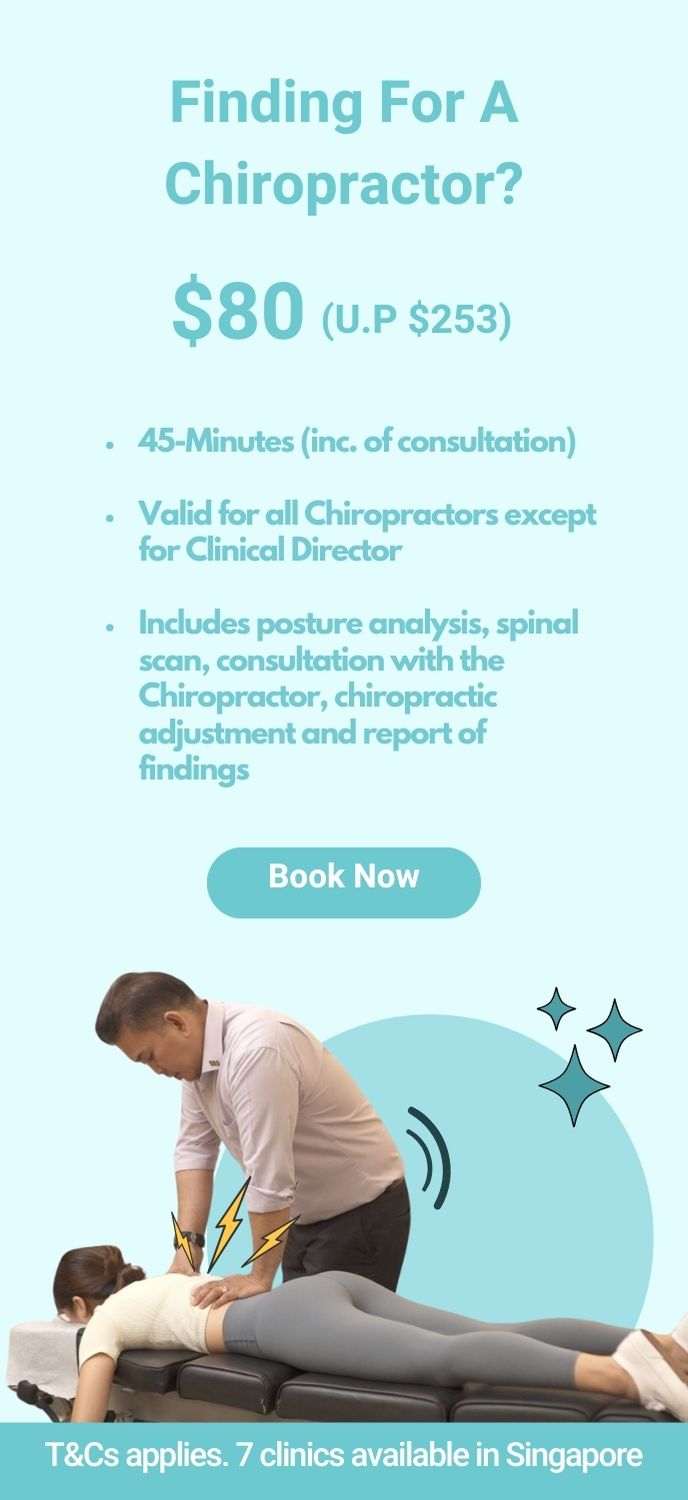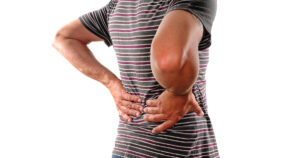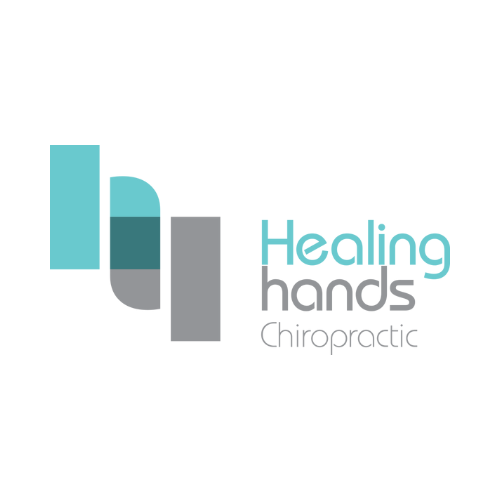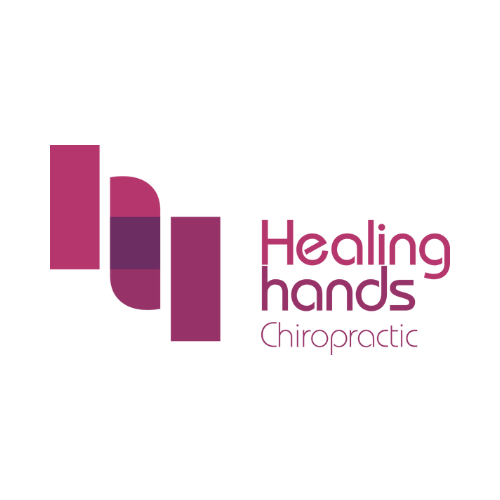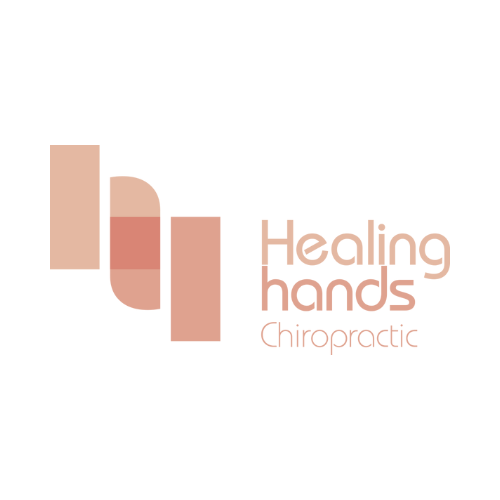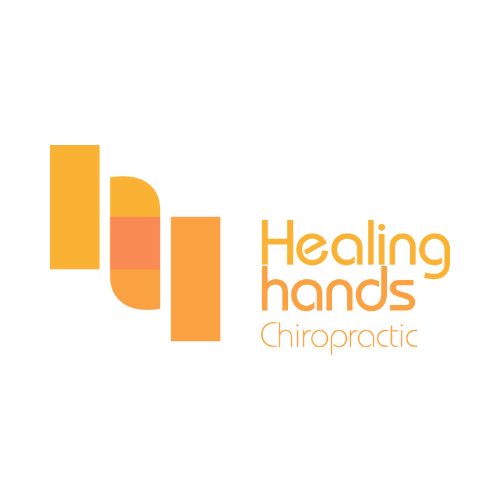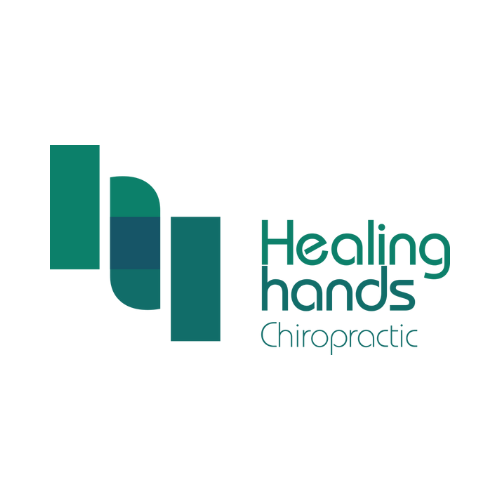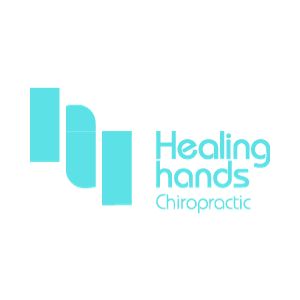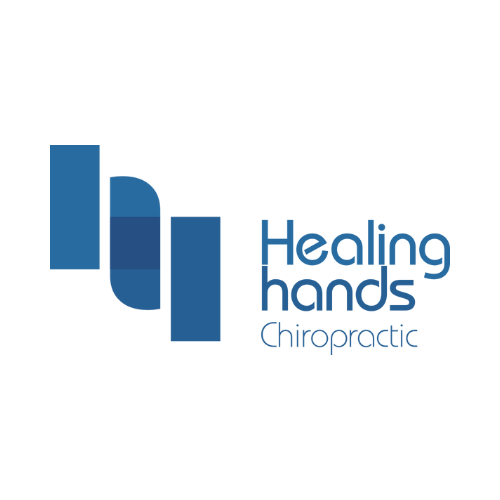Mobile phones are probably one of the quintessential pieces of technology that everybody needs to carry with them. From watching their favourite shows on Netflix, checking work email, to paying for their meals, mobile phones have evolved over the years from being just a communication device to essentially a computer built into a tiny box.
It is not just the technological advancement of mobile phones that we have witnessed over the years, but also their weight. The first mobile phone that was made in 1973 weighed a stunning 2.5 pounds, which is approximately 1.133kg (1133.98g). This is a drastic difference from mobile phones today, which weigh anywhere from 130g to 200g.
Yet despite their drastic drop in weight, modern mobile phones can still place a significant strain on our backs and necks, especially when they are used in the wrong posture, leading to tech neck.
What is a tech neck?
Tech neck refers to a posture-related condition that arises when an individual consistently looks downward at their electronic devices, such as smartphones, tablets, or laptops, for extended periods of time.
In the modern world, many people tend to look down at their phones instead of holding them closer to eye level. On average, an adult head weighs around 4-5 kg, and for every inch it tilts forward, the weight doubles due to gravitational effects. Even if you only bend your neck forward 15 degrees to look at your phone, it doubles the weight of your head, making your head weigh around 10-12kg. Imagine bending your neck at 45 degrees, that’s almost 22 kg of weight that your neck muscles, upper back and shoulders are supporting.
So, what is the issue with tech neck?
Maintaining a healthy spine is crucial. Poor posture, including rounded shoulders and forward neck posture, can impose escalating stress on the cervical spine. This increased strain may lead to early degeneration of the spine and a cascade of problems will follow such as headache, migraine, tingling and numbness down the arms.
So, how to avoid such issues?
Avoid using your phone if possible! The most straightforward way is to avoid the root cause, which is the usage of mobile phones. We know that it is nearly impossible not to check our phones, especially when we are so addicted to our social media and entertainment platforms. Below are some ways you can prevent a tech neck:
1. Raise your phone to eye-level
As mentioned earlier, the issue with using mobile phones is that most of us hold our phones in such a manner that we have to tilt our necks forward to view what is on our screens, placing an immense load on our necks and backs. While raising your phone to eye level might appear as if you are taking a photo of someone or a selfie of yourself, this position keeps your spine in a neutral position, thus reducing the strain on your neck and back.
2. Place your elbows on your table
If you are seated in front of your desk, one way to raise your phone to eye level is to prop your elbows on your desk. That way, you are able to use your phone comfortably without experiencing any muscle strains.
3. Take a break
If you spend long periods of time working at a computer or using a mobile device, you may be at higher risk of developing tech neck. To prevent neck pain and stiffness, make sure to take frequent breaks during device usage. Utilise these breaks to change your posture and move around, if possible, to keep your muscles relaxed and avoid tension building up in the spine.
Conclusion
At the end of the day, it is hard not to use our mobile phones, especially when they have become a significant part of our lives. Hence, taking note of how we use them and the position we adopt when using them is crucial for our body’s ergonomics and health.
Nevertheless, if you have experienced any of the aforementioned pains and aches from prolonged phone usage, one way to get your body back into the right position is through chiropractic care. Chiropractic care is focused on returning the body back to balance by realigning and readjusting troublesome areas of the back and spine. It’s a non-invasive treatment that gradually helps the body heal and strengthen itself.
Here at Healing Hands Chiropractic, we focus on not just treating key areas, such as lower back pain treatments and frozen shoulder treatments but also the cause of your concerns in order to improve your overall health.
Visit us at https://healinghands.com.sg/ to get your musculoskeletal-related pains and aches checked today!

